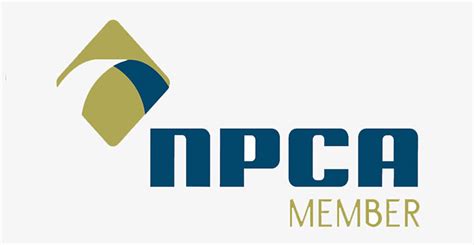When planning a tilt-up construction project, a critical decision that should be made early in the planning process is whether to use drilling and fasteners for affixing various components and materials to wall panels and exterior surfaces. This approach is often the default choice simply out of habit and doing what’s been done before.
However, there is an alternative that can avoid the disadvantages presented by that method. The alternative is gluing down with specially designed construction adhesives. The benefits of this technique can be significant both during and after the project.
Drilling, nailing and screwing down is a time consuming and labor intensive process that also requires access to electric power. It can mean not only increased cost, but fatigue and potential strain for workers. Plus, aside from all that, removing nails and screws can mean performing the entire process in reverse to remove every nail or screw and patch every hole. But that’s not the end of it. There may be potential problems down the line with hole patches that can require ongoing monitoring and maintenance.
For wall panels and affixing components like reveal strips, another drawback is potential penetration of the moisture barrier under the slab. All too often this factor is not considered, and drill bits that are longer than the depth of the slab are used. Seems incredible, but it’s true. Gluing down with adhesives makes sure that never happens.
Moreover, builders need to be aware of a new ruling from OSHA (1926.1153) that took effect on September 23 of this year for the construction industry. It is intended to curb lung cancer, silicosis, chronic obstructive pulmonary disease and kidney disease in American workers by limiting their exposure to respirable crystalline silica. These airborne particulates are created by drilling or sawing into concrete and may require purchasing attachments for drills, vacuums for the particulates and generators to run the vacuums.







